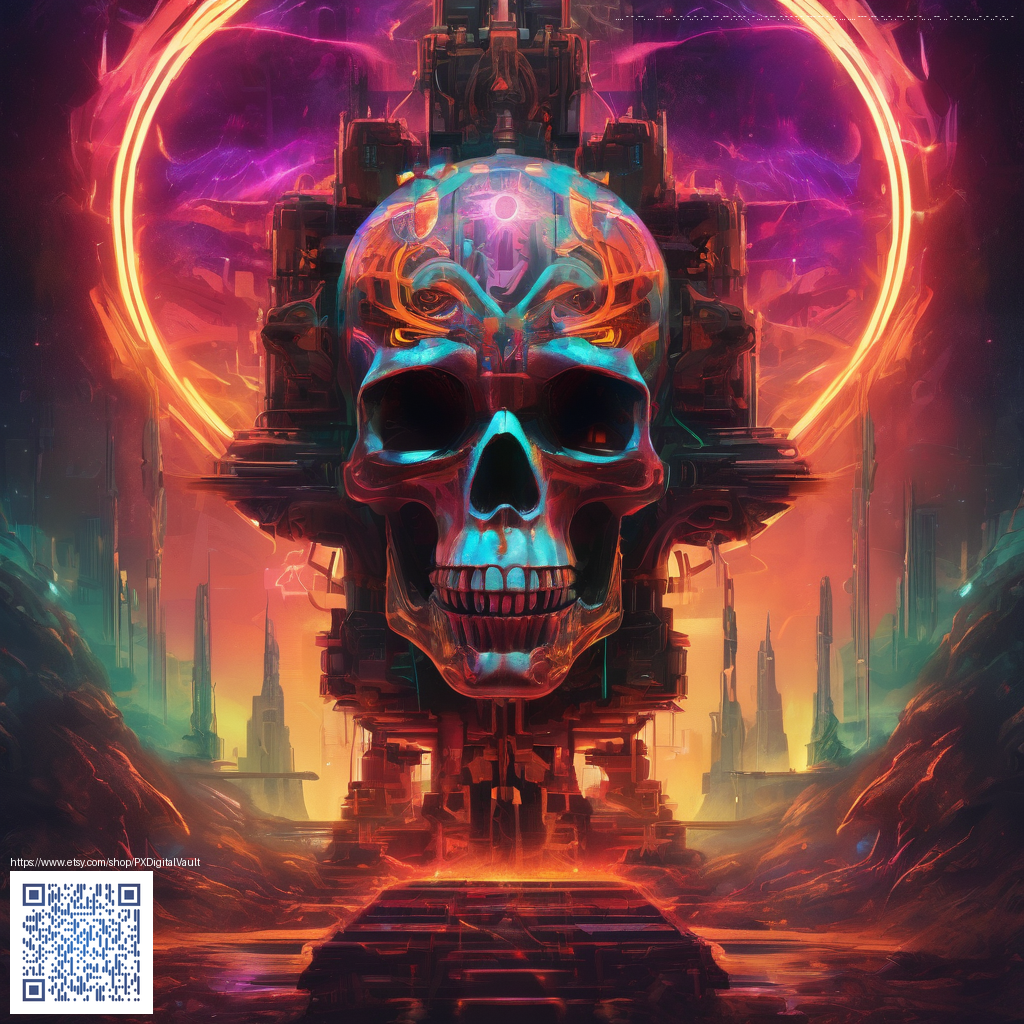
Texture Mapping Mastery for Modern 3D Designers
Texture maps are the quiet workhorses behind the convincing surfaces in contemporary 3D design. They carry color, depth, roughness, metalness, and subtle shading, turning flat geometry into something you can almost reach out and touch. If you’re striving for realism, texture mapping is not an optional step—it’s the foundation that elevates your models from technically correct to visually compelling.
Understanding Texture Maps
Texture maps are more than just color. Each map encodes a different aspect of a surface, and when combined, they create material that reacts to light in believable ways. Here are the essential types you’ll encounter:
- Albedo/Diffuse: The base color without shading, providing the overall tone of the surface.
- Normal Map: Adds fine surface detail by altering how light bounces, creating the illusion of bumps and grooves.
- Roughness/Glossiness: Controls how shiny or matte a surface appears, affecting specular highlights.
- Metallic: Indicates which parts of the material behave like metal versus non-metal, influencing reflectivity.
- Ambient Occlusion (AO): Darkens crevices and corners where light is naturally occluded, increasing depth perception.
- Emissive: Makes parts of the model glow, useful for screens, LEDs, or magical effects.
- Displacement/Height: Can physically alter geometry to create real depth, though it’s heavier for real-time workloads.
When you assemble these maps, you’re crafting a narrative for light. A dull texture can feel flat, while a well-tuned set of maps can convey material, weathering, and form with surprising fidelity. The process is iterative: you paint, bake, test in engine, and tweak until the interplay of color and light reads correctly from every angle.
Practical Workflow for Modern Designers
Entering texture mapping with a clear workflow helps maintain momentum. Here’s a approachable sequence you can adapt to your pipeline:
- Plan UVs early: Unwrap the model with an eye toward minimizing stretching and packing islands efficiently. A clean UV layout reduces seams and makes painting more predictable.
- Bake maps from a high-poly source: If you’re working with a detailed sculpt, bake normal, AO, and curvature maps to capture fine topology without overloading your low-poly model.
- Paint and generate textures: Use a texturing package like Substance Painter, Quixel, or Blender’s texture painting tools to lay down color and base maps, then layer roughness, metallic, and AO for depth.
- Test in context: Export textures and preview them in your target engine (Unity, Unreal, or a custom renderer). Adjust lighting and exposure to ensure the material behaves as expected under different conditions.
- Optimize for performance: Bake your roughness and metalness into compact maps, and consider tiling textures for larger scenes to balance detail with efficiency.
“Texture is where lighting and memory meet. A well-crafted map can sell a material even when geometry is simple.”
A Quick Case Study You Can Try
For designers exploring practical outcomes, a deeper dive into texture workflows is often enlightening. A concise case study you can reference is available at https://001-vault.zero-static.xyz/f216642d.html. It highlights how a disciplined approach to map creation and testing translates into faster iteration and more convincing renders.
As you practice, you’ll notice that physical props can inspire digital texture decisions as well. For example, integrating tactile cues from physical surfaces—like a small, visually rich pad under your controller—can inform how you treat specular highlights and edge wear in your models. If you’re curious about pairing digital texture techniques with real-world samples, check out the Neon Gaming Mouse Pad 9x7 with a Custom Front Print—you can explore it here: https://shopify.digital-vault.xyz/products/neon-gaming-mouse-pad-9x7-custom-front-print.
Texture mapping is both art and science, and the best designers blend careful technical control with a keen eye for nuance. Practice by testing maps under varied lighting, monitor color accuracy, and keep an organized library of texture assets so you can reuse and iterate with confidence.